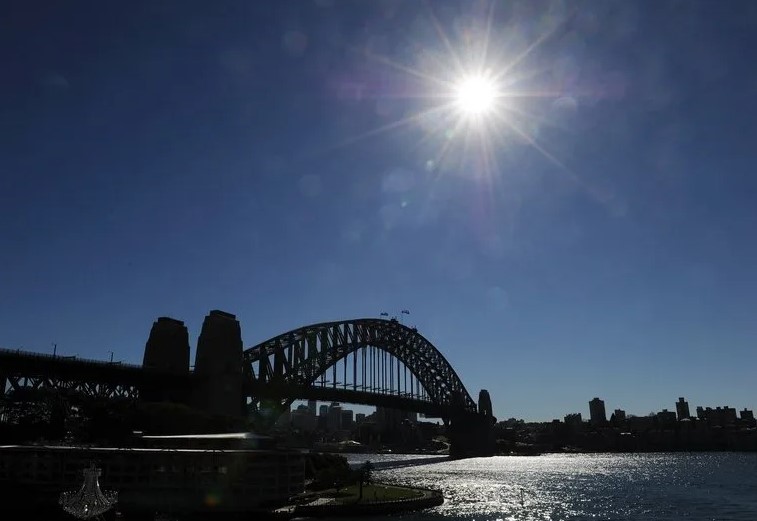Australia is experiencing an unusually hot autumn, with sea temperatures around Sydney rising to levels that could potentially support tropical cyclone formation. For a tropical cyclone to develop, sea temperatures need to exceed 26.5°C.
Recently, Sydney’s Manly Hydraulics Laboratory recorded temperatures of 26.75°C, surpassing this threshold. These readings are about 3°C above the March average and the highest since 1992. The previous record was 26.6°C set in February 2022.
Moninya Roughan, a professor of oceanography at the University of New South Wales, attributes the elevated sea temperatures to climate change.
She explains that the previous La Niña pattern had lowered temperatures, but with El Niño now prevailing, it’s like “turning off the air conditioner,” leading to higher ocean temperatures.

Roughan expressed concern about the extreme warming event, highlighting the stress it places on marine life and ecosystems.
Despite these high sea temperatures, conditions for cyclone formation, such as strong winds and a warm core non-frontal low-pressure system, are not present, making a cyclone unlikely.
Hugh McDowell, a senior climatologist at the Bureau of Meteorology (BoM), indicated that the temperature anomaly alone isn’t sufficient for cyclone formation in the southern regions.
He noted that while Australia typically experiences 11 cyclones a year, with only a few making landfall, climate change is leading to increasingly unpredictable weather patterns.
McDowell anticipated that the ongoing warm temperatures would persist through autumn, with overall temperatures likely to exceed historical averages. He also predicted a warmer winter.
Recent heatwaves have affected Victoria, South Australia, and Tasmania, with temperatures reaching the high 30s and low 40s. In Sydney, March’s average maximum temperature was 3.5°C above the long-term average, driven by a series of high-temperature days.
Weatherzone also reported a potential small tropical cyclone off Western Australia’s coast, expected to bring high winds and heavy rains to the Pilbara region this weekend.

